Why Amish Furniture Remains Unscathed by Tariffs
In today's globalized economy, tariffs have become a significant factor influencing the prices and availability of numerous goods, including furniture. However, one segment of the furniture market appears to be largely unaffected by these trade barriers: Amish furniture. Crafted with time-honored techniques and a commitment to local resources, Amish furniture stands apart. Here's why tariffs on imported furniture have little to no impact on these handcrafted pieces:
Locally Sourced Materials:
Amish furniture makers primarily utilize hardwoods sourced from local forests, often within close proximity to their workshops. Common wood types include oak, maple, cherry, and hickory. This reliance on domestic timber means they are not subject to tariffs imposed on imported raw materials like wood, steel, or textiles that affect manufacturers who depend on overseas suppliers. By using local resources, Amish artisans maintain stable material costs, insulating them from the fluctuations of international trade policies.
American Craftsmanship:
The very essence of Amish furniture lies in its American origin and handcrafted nature. Skilled artisans within Amish communities meticulously construct each piece, employing techniques passed down through generations. This dedication to domestic production means that Amish furniture is not imported and therefore not subject to import tariffs. In fact, the recent tariffs on foreign-made furniture may inadvertently increase the appeal of American-made products like Amish furniture, as consumers seek alternatives to increasingly expensive imports.
Focus on Sustainability:
Amish furniture production often emphasizes sustainable harvesting practices and the use of natural, eco-friendly finishes. This commitment to environmental stewardship aligns with a focus on local resources, further reducing their reliance on global supply chains that are vulnerable to tariffs and international trade disruptions.
Limited Reliance on Mass-Produced Components:
Unlike many contemporary furniture manufacturers who rely on mass-produced components sourced internationally, Amish furniture is typically built with solid wood and traditional joinery techniques. This minimizes their need for imported hardware or other elements that could be subject to tariffs. The emphasis is on the quality of the wood and the skill of the craftsman, rather than on globally sourced parts.
A Unique Market Position:
Amish furniture occupies a unique niche in the market, known for its durability, timeless designs, and handcrafted quality. Consumers who seek out Amish furniture often prioritize these values over price fluctuations caused by tariffs on mass-produced imports. The demand for authentic, American-made furniture remains relatively stable and less sensitive to the economic pressures affecting other segments of the furniture industry.
The Amish furniture market operates largely outside the realm of international trade that is currently being affected by tariffs. Their commitment to local materials, American craftsmanship, sustainable practices, and a unique market position ensures that they remain insulated from these global economic shifts. In a world where tariffs are reshaping industries, Amish furniture stands as a testament to the enduring value of local production and time-honored skills.

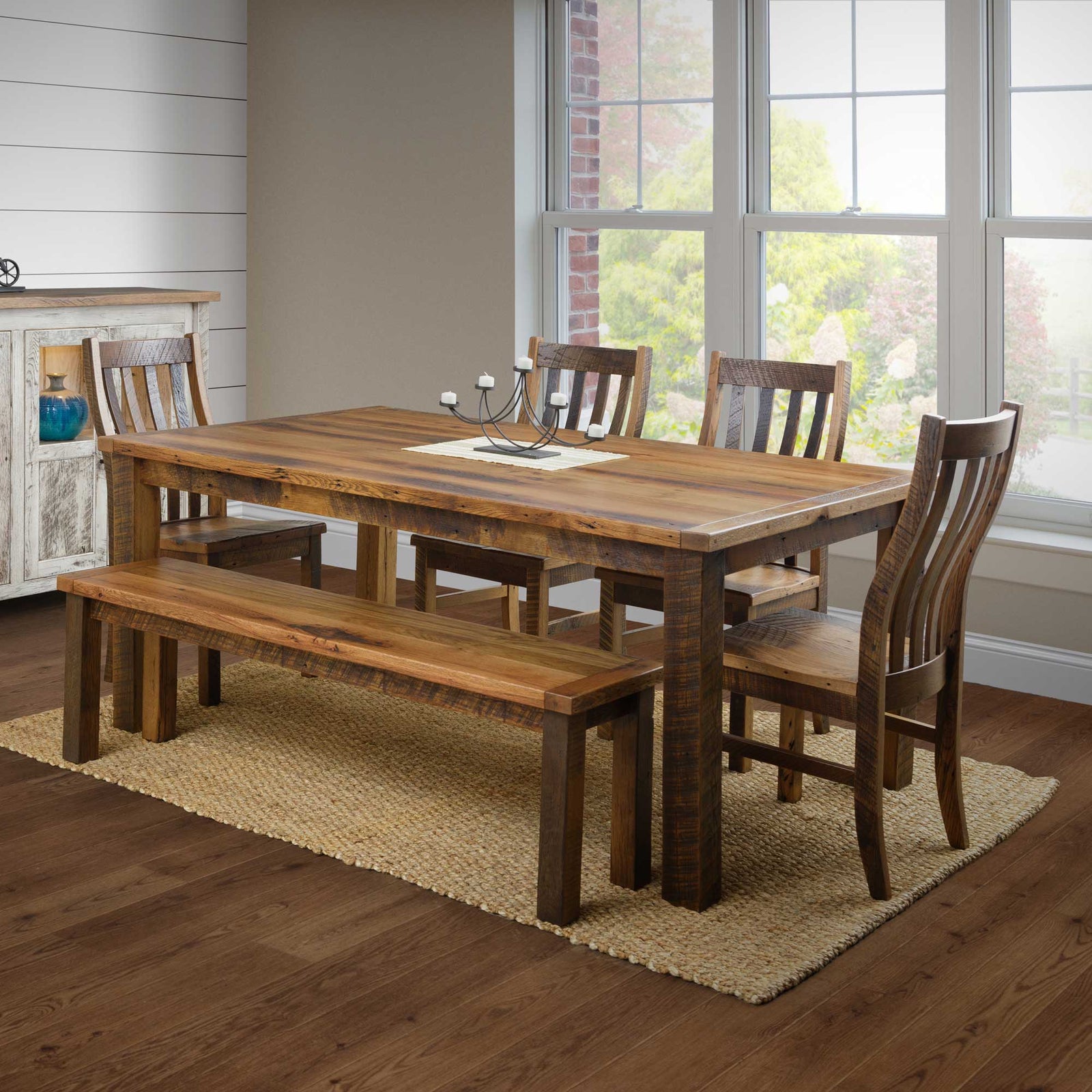



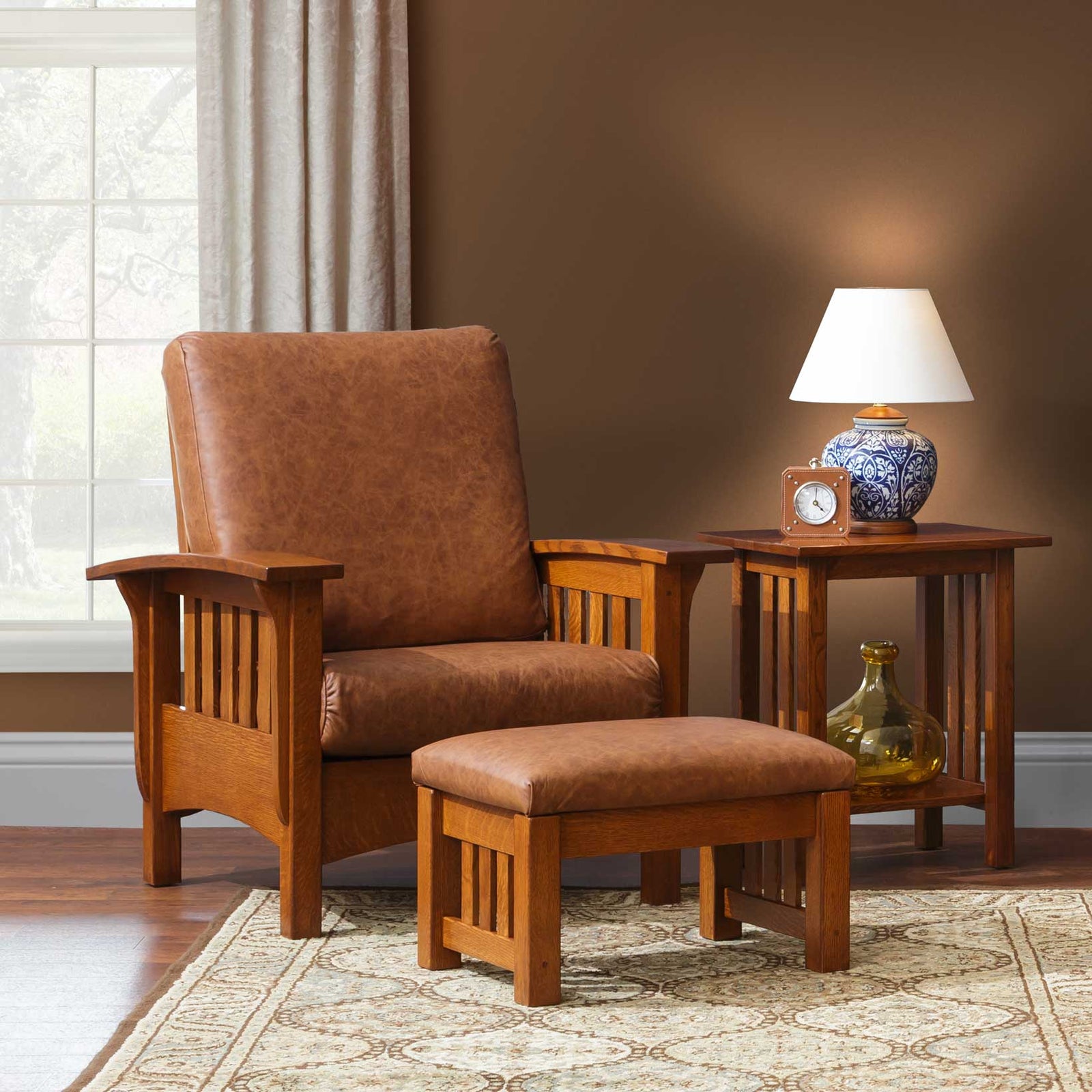

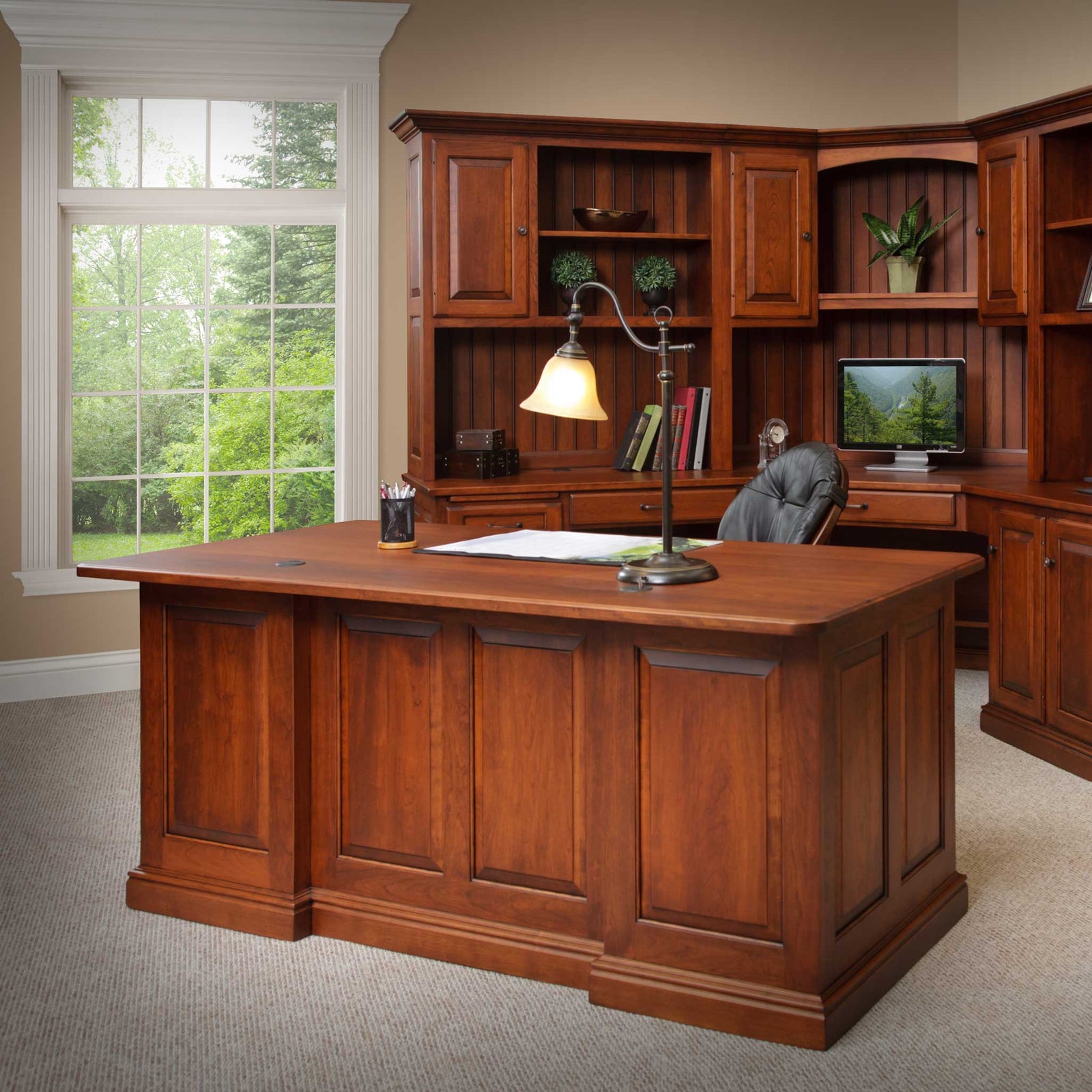

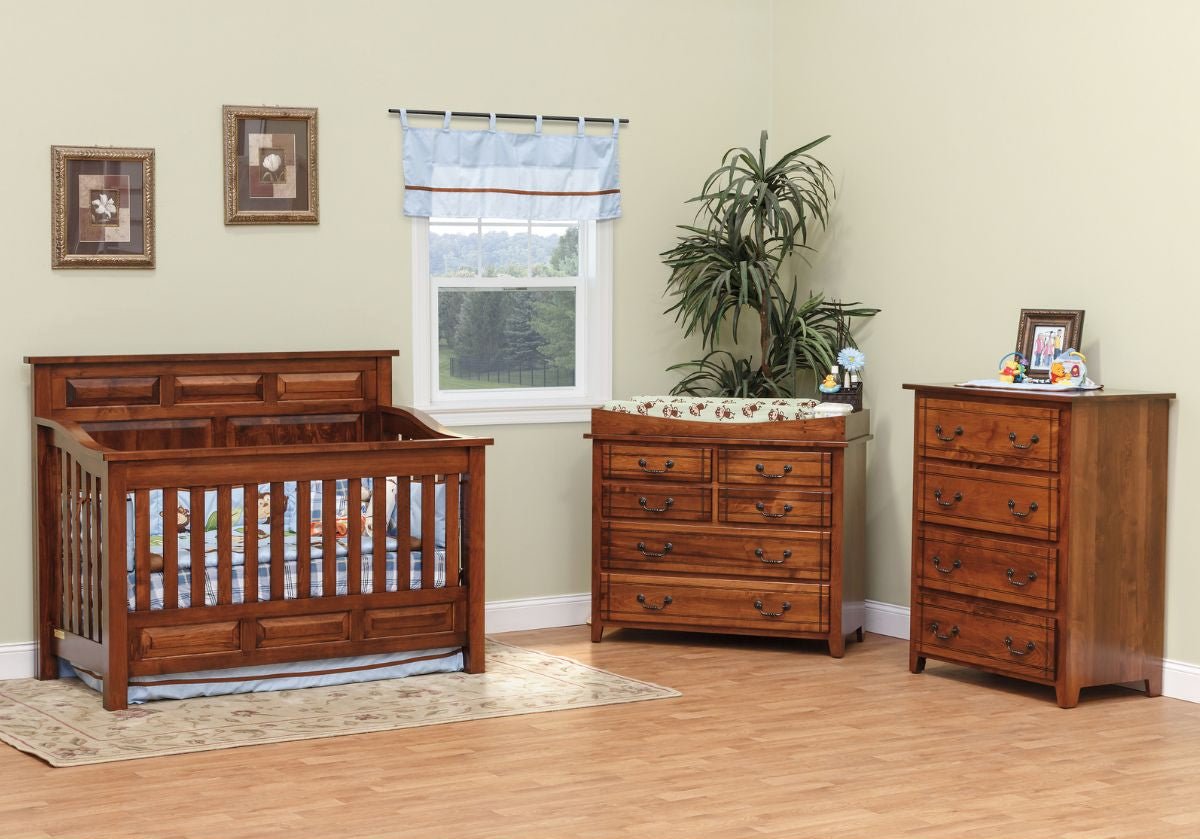
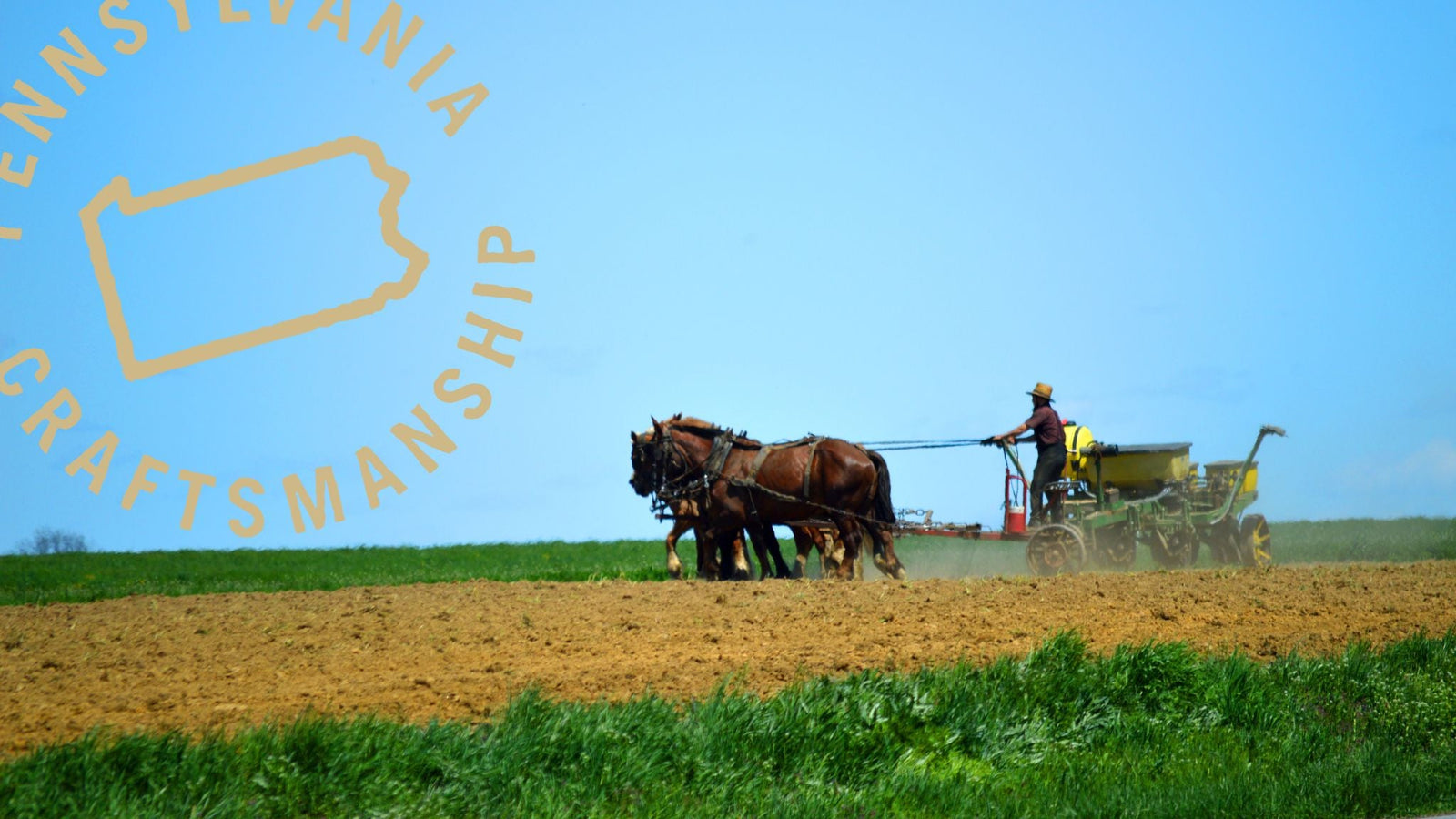



Leave a comment (all fields required)